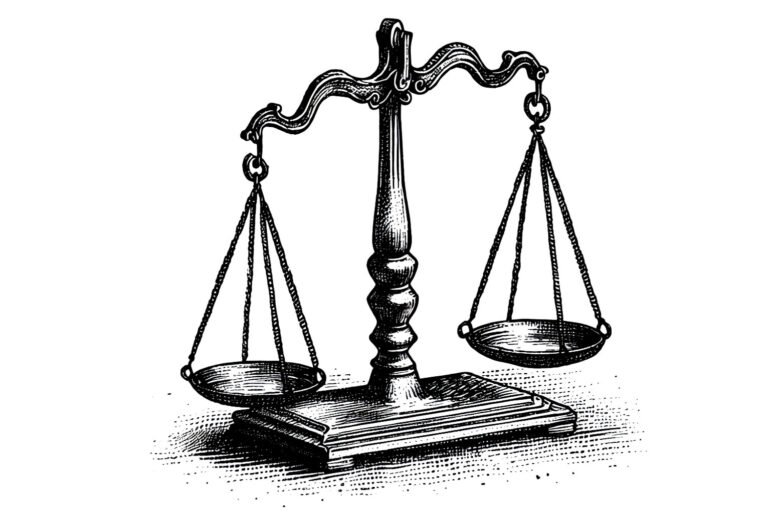Mathematics is more than just numbers and equations. For students in grades 1 to 6, understanding the real-life applications of math can help them see the value of what they’re learning and make it more engaging. In this article, we’ll explore various ways math skills can be applied in everyday situations and provide detailed examples of activities that help children connect math with the world around us. By incorporating these activities into your classroom or your home, you can spark your children’s interest and help them develop a lifelong love for math.
1. Budgeting and money management
Real-life application: Learning how to handle money responsibly is an essential life skill. Math plays a significant role in budgeting, making purchases, and understanding savings.
Activity idea: Create a classroom store where students can “purchase” items using play money. You can make cards with pictures of fruits and vegetables with prices for example. You can label items with prices that include decimals or not. Students will have to add the prices to pay and subtract to determine the correct change. You can have students calculating sales tax to work with percentages…
2. Time management and scheduling
Real-life application: Time management is crucial in our daily lives, and math helps us organize and plan our time efficiently.
Activity idea: Provide students with a weekly schedule template and have them plan their ideal week, including school, extracurricular activities, and leisure time. Encourage students to calculate the total time spent on each activity and determine if they're balancing their time effectively.
3. Measurement and cooking
Real-life application: Measurement skills are essential when following recipes and cooking delicious meals.
Activity idea: Organize a “cooking day” in the classroom. Provide students with simple recipes that require measuring ingredients. Have students work in groups to measure and mix the ingredients, reinforcing their understanding of fractions, units of measurement, and conversions. For example, a recipe may require 1 ½ cups of flour and 8 ounces of milk, presenting an opportunity to discuss conversions between cups and ounces. Students may need to calculate the amounts of each ingredient to make the recipe for the whole class.
4. Geometry and art
Real-life application: Geometry is present in various art forms, from painting and sculpture to architecture and design.
Activity idea: Introduce students to the concept of tessellations, which are patterns made of repeating shapes that fit together without gaps or overlaps. Have students create their tessellation patterns using geometric shapes, such as triangles or hexagons, and discuss how math plays a role in their designs. For example, students can learn about the angles of different shapes and how they fit together to form a tessellation. They might create a pattern using equilateral triangles, exploring the idea that the sum of the interior angles in each triangle is 180 degrees.
5. data analysis and sports
Real-life application: Sports enthusiasts and professionals often use math to analyze player performance, make predictions, and inform coaching decisions.
Activity idea: Have students select a sport they’re interested in and research the statistics for their favorite team or player. Guide students in creating graphs and charts to represent the data, such as bar graphs for comparing points scored by different players, or line graphs for tracking a team’s performance over time. For example, students might calculate the average number of goals scored per game by their favorite soccer player and compare it to other players on the team.
6. environmental math: recycling and conservation
Real-life application: Math is vital in understanding and addressing environmental issues such as recycling, conservation, and reducing waste.
Activity idea: Organize a classroom recycling project and have students track the amount of recycled materials collected over a month. Guide students in calculating the percentage of each type of recyclable material (e.g., paper, plastic, aluminum) in relation to the total amount collected. For example, if students collected 100 items, and 40 were paper, they could calculate that paper makes up 40% of the total recycling. Discuss with your students the relevance of calculating a percentage by counting the number of items.
7. travel planning and geography
Real-life application: Math is essential when planning trips, estimating distances, and budgeting for travel expenses.
Activity idea: Assign students a virtual road trip project, in which they must plan a trip to a nearby city or tourist attraction. Provide students with a map and ask them to calculate the distance between their starting point and destination. Have them estimate travel time based on average driving speed and calculate the cost of gasoline for the trip.
Conclusion
By incorporating real-life applications of math into your lessons, you can help your students see the relevance of their learning and foster a genuine interest in mathematics. These engaging activities not only enhance their understanding of math concepts but also prepare them for real-world situations they’ll encounter throughout their lives.



